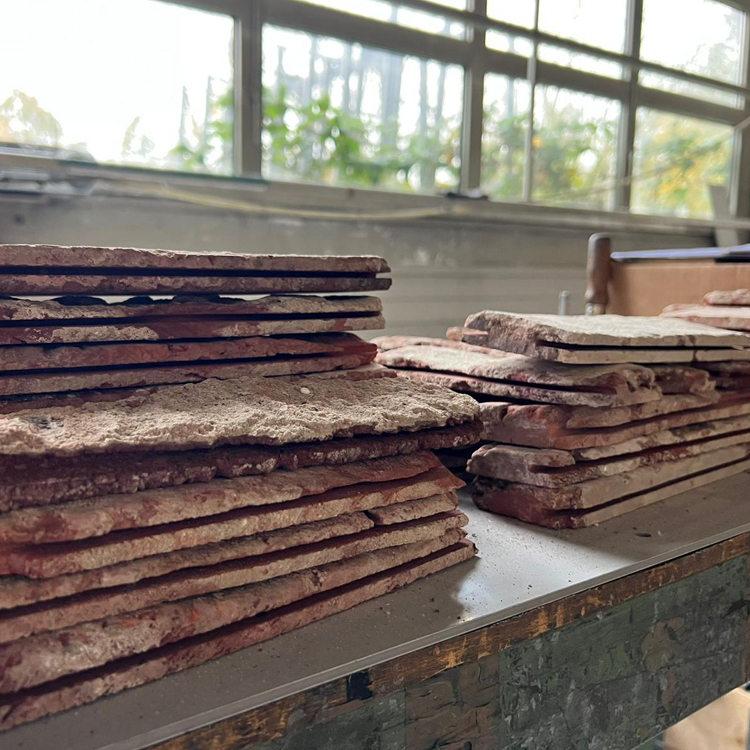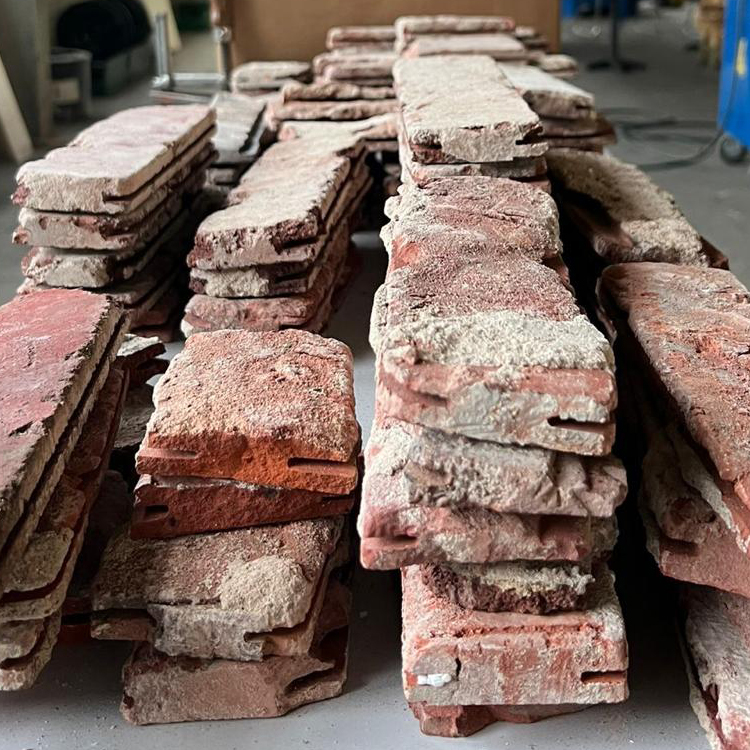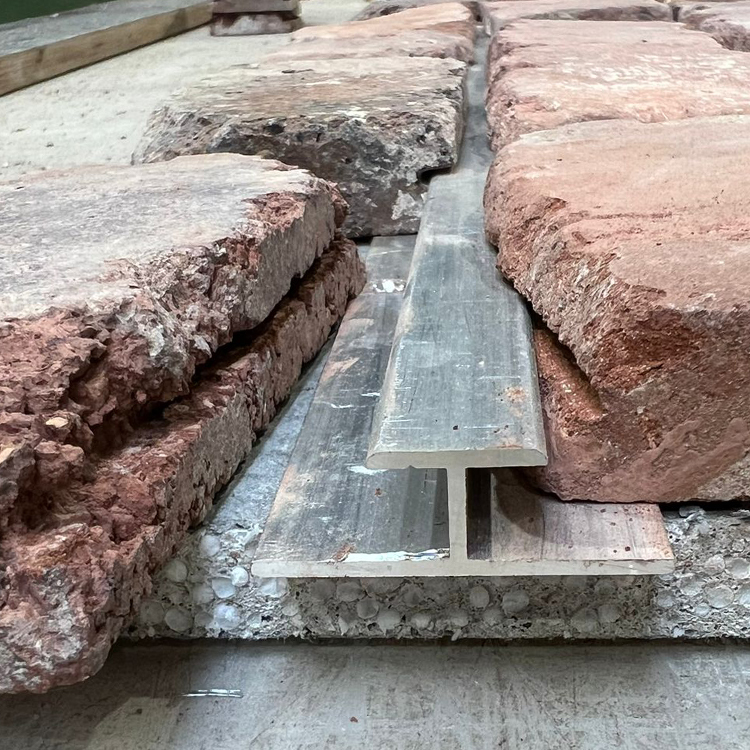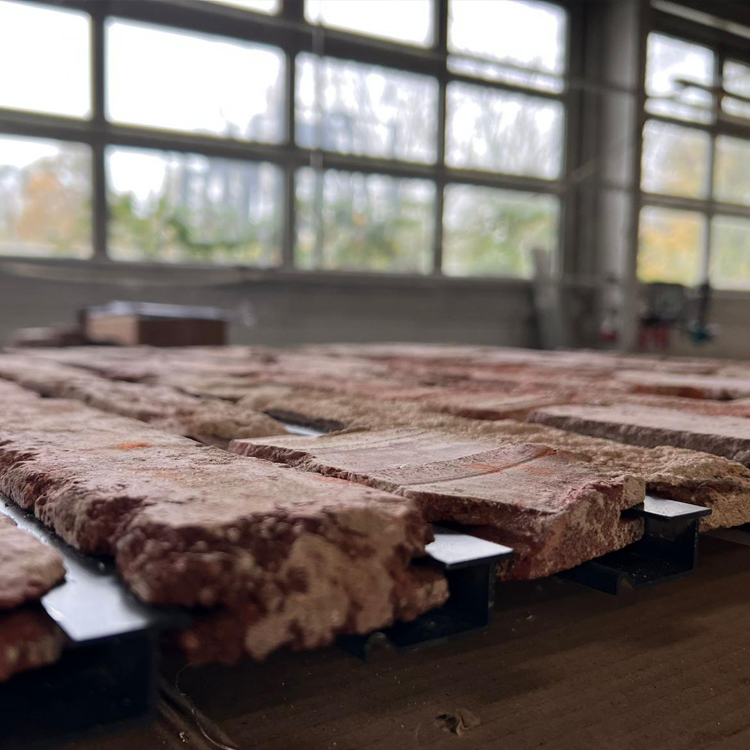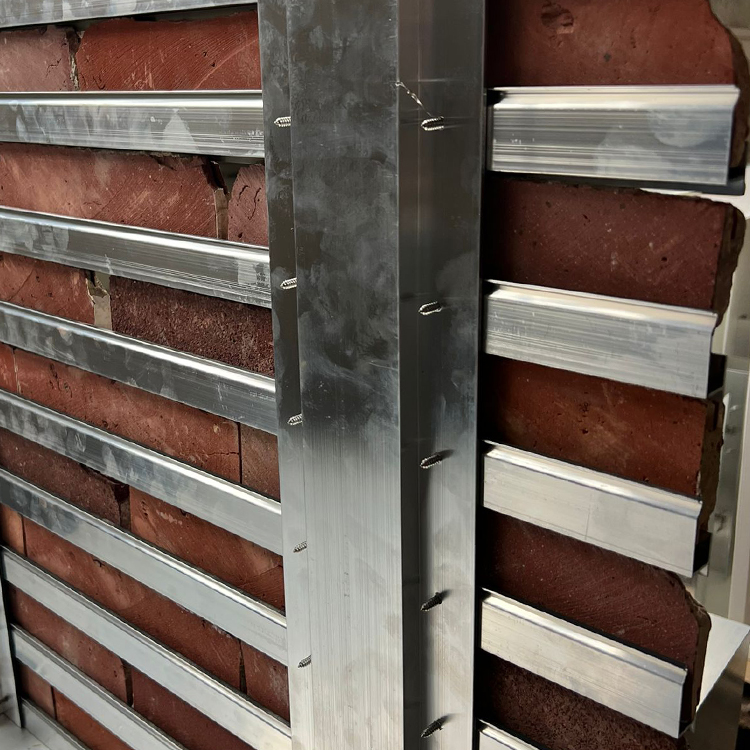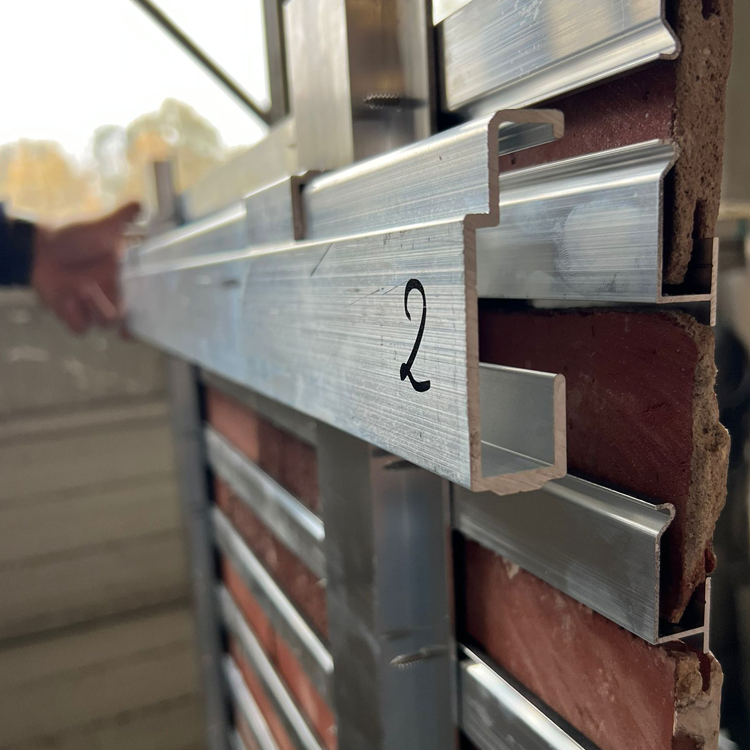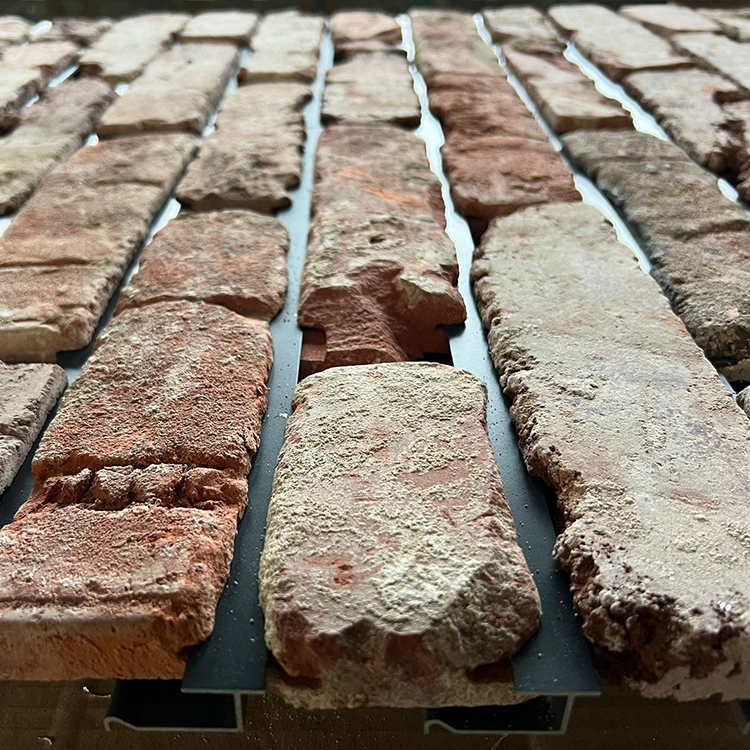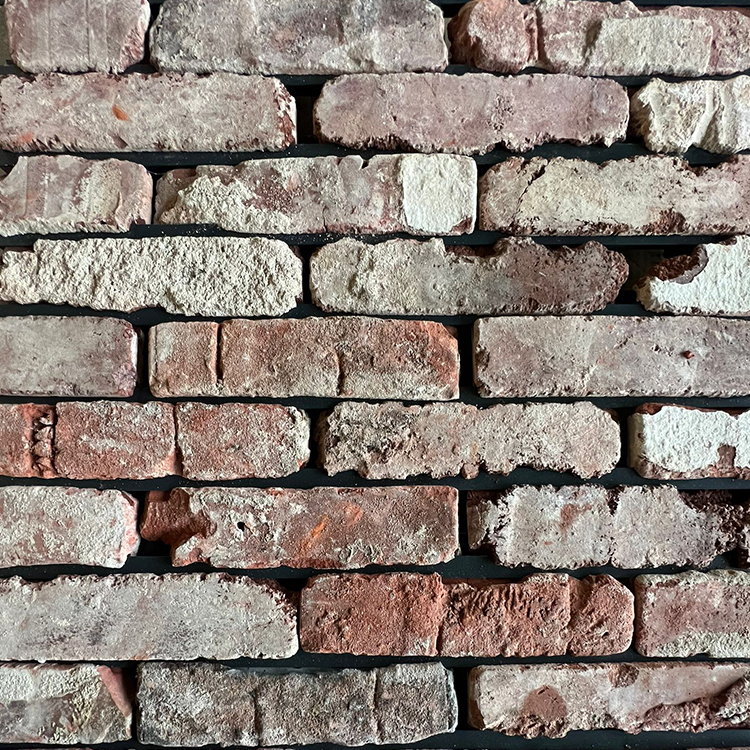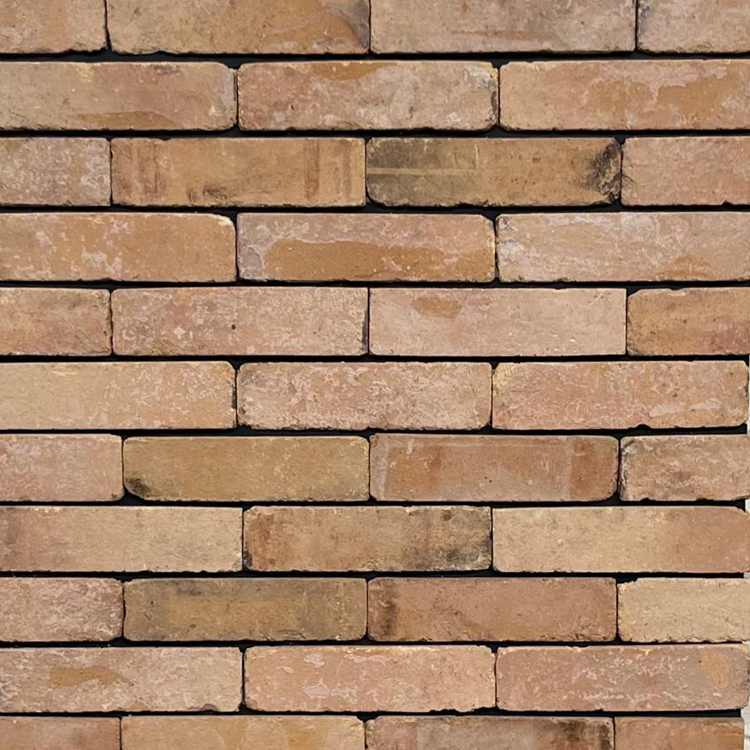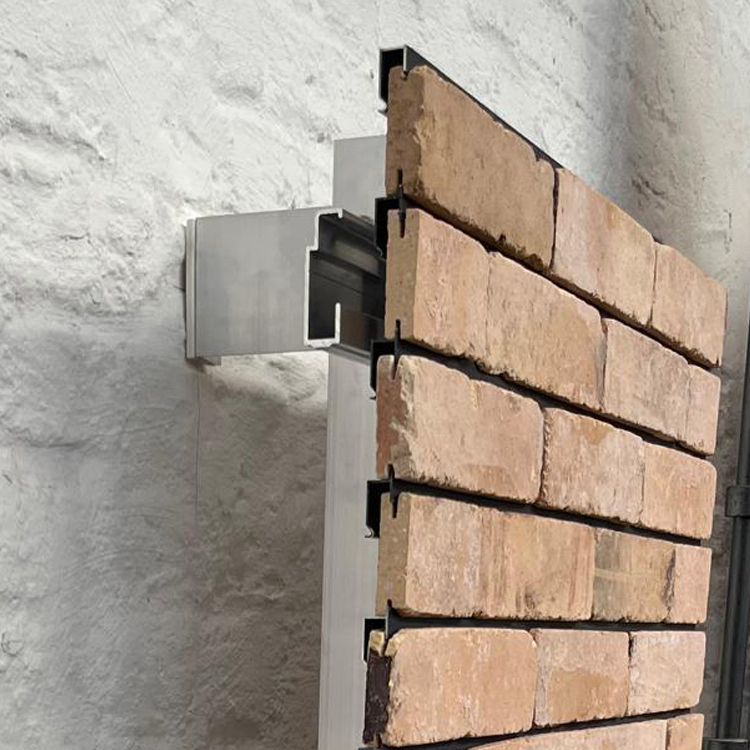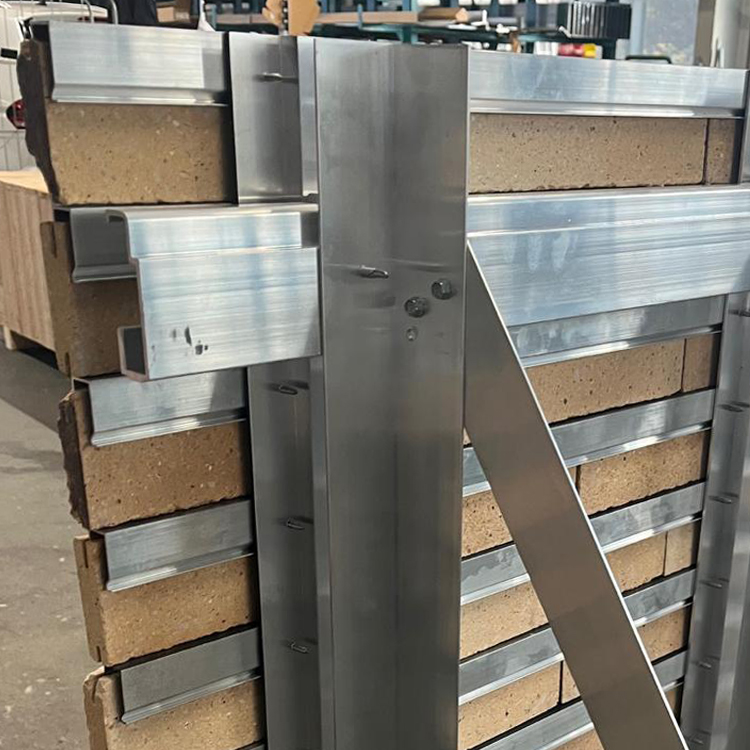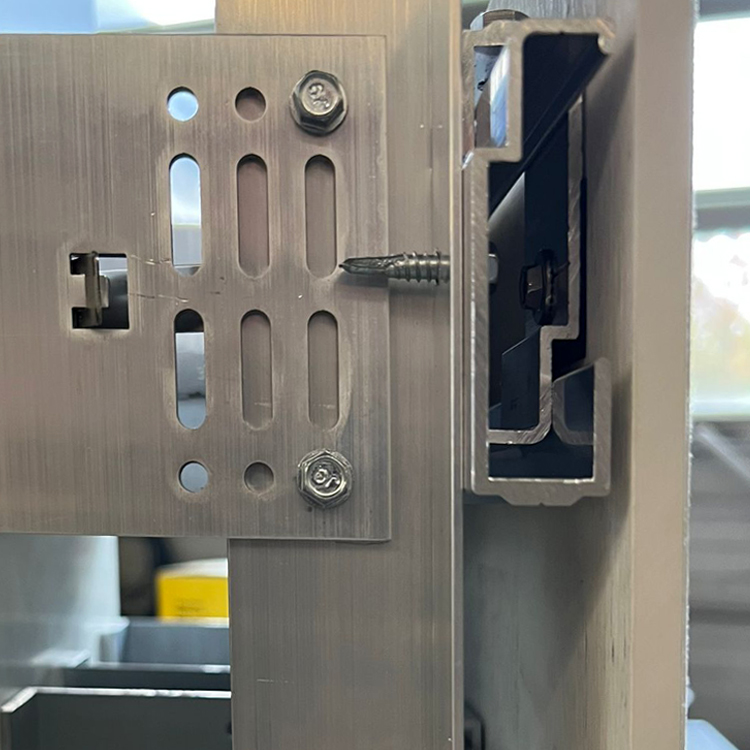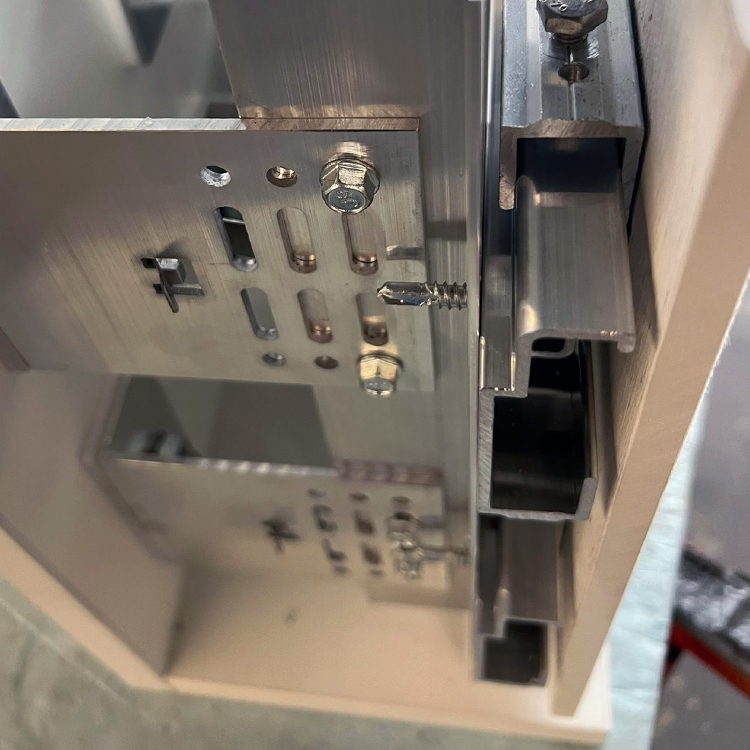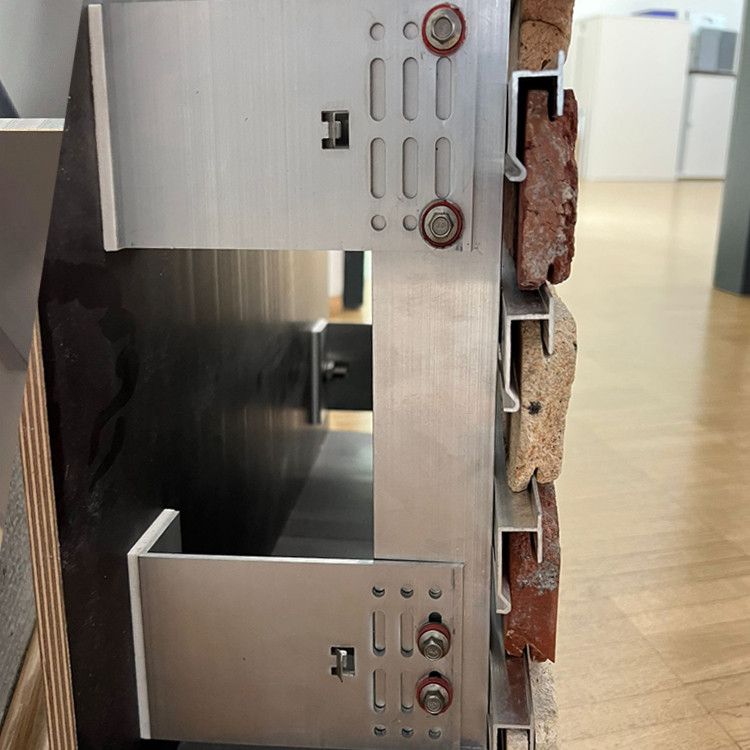The Klinker Historika Curtain Façade – Designed for the Future

In today’s building design — especially in commercial and large-scale construction — considering the responsible, resource-efficient demolition of a building at the end of its life cycle has become a central part of the planning process. As climate change accelerates, we are increasingly challenged to assess the environmental impact of our materials and to think creatively about how they are used and reused.
These principles were the foundation for the development of the Klinker Historika Curtain Façade. Our goal: to create a façade system that not only allows for easy, eco-friendly dismantling at the end of its service life, but also provides excellent thermal insulation performance.
We’ve successfully achieved this vision.
Our façade system is a prefabricated, rear-ventilated cladding system (VHF), compliant with the technical standards of DIN 18516 “External wall cladding – ventilated”. Each panel has a standard size of 75 x 100 cm.
The substructure (UK) is made from recycled aluminum and supports cladding elements at intervals of up to 50 cm. The slips are grooved along their long edge and slid onto trapezoidal metal sheets. These pre-assembled wall elements are then hung onto the substructure after insulation has been installed.
Crucially, our innovative design uses no adhesives or grout. This ensures a clean, material-specific recovery at the end of the façade’s life — fully aligned with circular economy principles.
Once removed, bricks, metal, and insulation can be separated easily and recycled without contamination — making the Klinker Historika Curtain Façade not just beautiful and durable, but truly sustainable by design.
